Kash Patel and Dan Bongino have this week found out the painful way that running the Federal Bureau of Investigation is a lot harder than podcasting. Having spent years on endless shows suggesting that the “Epstein Files” could reveal the Deep State’s darkest secrets, the now Director and Deputy Director of the FBI find themselves insisting that, contrary to what they may have said, Jeffrey Epstein did, in fact, kill himself; that he did not have a list of blackmailable clients; and that he sexually abused more than 1,000 girls pretty much all by himself.
Nobody believes that, of course, and Donald Trump’s angry reaction on Tuesday to a reporter who dared to ask about the most famous sex offender of all time, has done nothing to put the conspiracy theories to rest.
But the FBI may be sitting on another story riddled with scandalous intrigue – a story which Patel and Bongino could now shed some official light on, if inclined to redeem themselves in the counter-knowledge universe. This Sunday will mark the first anniversary of the shooting of Donald J. Trump in Butler, Pennsylvania. A lot has transpired since that fateful moment, yet today a growing number of people find it strange how little we know about Matthew Thomas Crooks, the man who came just inches away from being as infamous an assassin as Lee Harvey Oswald.
Before the election last year, Melania Trump declared, sphinxishly: “The attempt to end my husband’s life was a horrible, distressing experience. Now the silence around it feels heavy… there is definitely more to this story. And we need to uncover the truth.”
A congressional inquiry and an official 180-page “taskforce” report revealed the obvious: the Secret Service messed up, badly. An armed Crooks, who had repeatedly been spotted behaving strangely, should never have been allowed to climb on to a roof less than 150 yards from Trump with an AR-15.
Perhaps the most extraordinary detail is the testimony of the police officer who climbed on to the roof only to fall off when Crooks pointed a gun at him: “I just start yelling out to the guys that are there, I yell on the radio right away. I start saying, you know, ‘South end, He’s got a long gun, male on the roof.’ I just kept repeating, ‘He’s got a gun, He’s got a long gun.’”
Yet somehow this message was not relayed to Trump’s Secret Service detail; fuzzy signal, apparently. At 6:11 p.m., the minute when Crooks started shooting, a Secret Service agent responded to concerns about police activity in the “3 o’clock direction.” But other agents were already aware of a man on the roof, and somehow failed stop him.
Crooks had taken the day off work that morning, telling his boss he had “something to do.” He was killed 16 seconds after he began shooting. His lifeless body and his bloodied head were photographed on that now infamous roof. A SWAT operator searched his pockets and pulled out a radio transmitter resembling a garage door opener; it’s thought the device could have been connected to some home-made explosives reportedly found in Crooks’s car. But the receiving device in the car was turned off.
Crooks left behind no political manifesto. He was a math whizz, bullied, unhappy – and we may never understand his motives. Rumors that he had contacts with CIA and FBI agents in the year leading up to the shooting have been flatly denied. It does seem more likely that, far from being a patsy for the Deep State, he was a mad loner. The real conspiracy is usually the cock-up. But how did Trump end up being so poorly protected that day? Was there “deliberate incompetence” from a politicized hierarchy that would have preferred him dead?
If Kash Patel and Dan Bongino want to win back some of the MAGA fans they’ve lost in the last few days, they’d be wise to start asking such questions. It might stop people talking about “the Epstein files,” for once. Though, in the deepest realms of conspiracy world, the two cases are intricately linked…
This is the latest Americano newsletter. To subscribe click here.



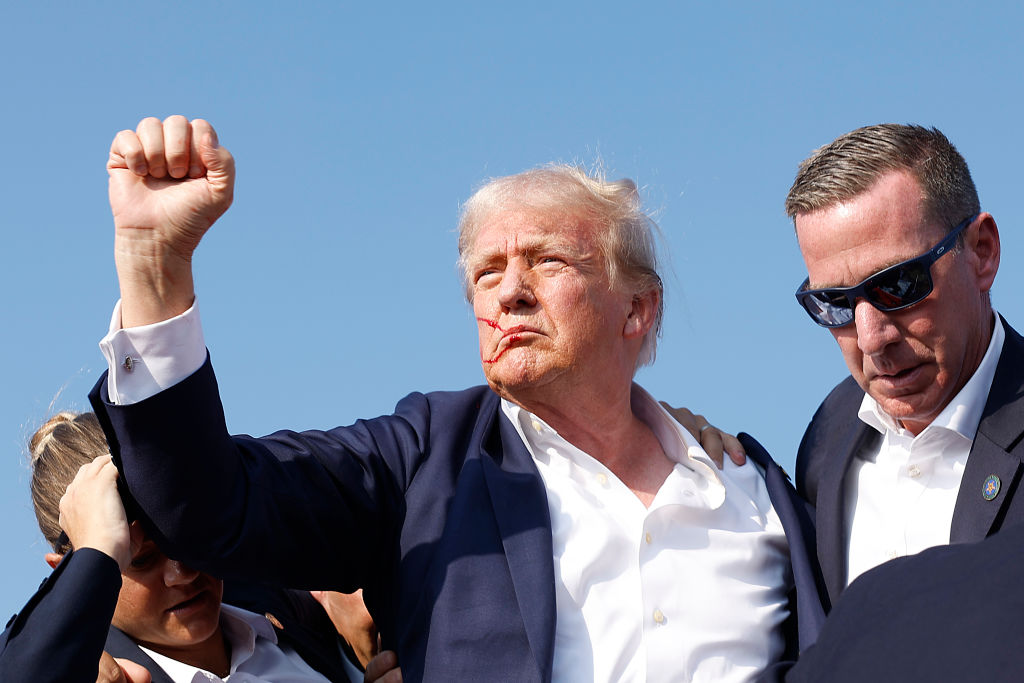






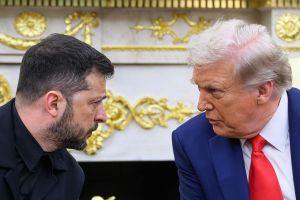

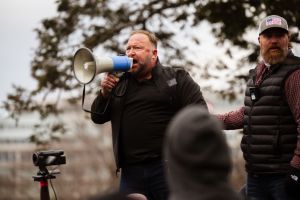
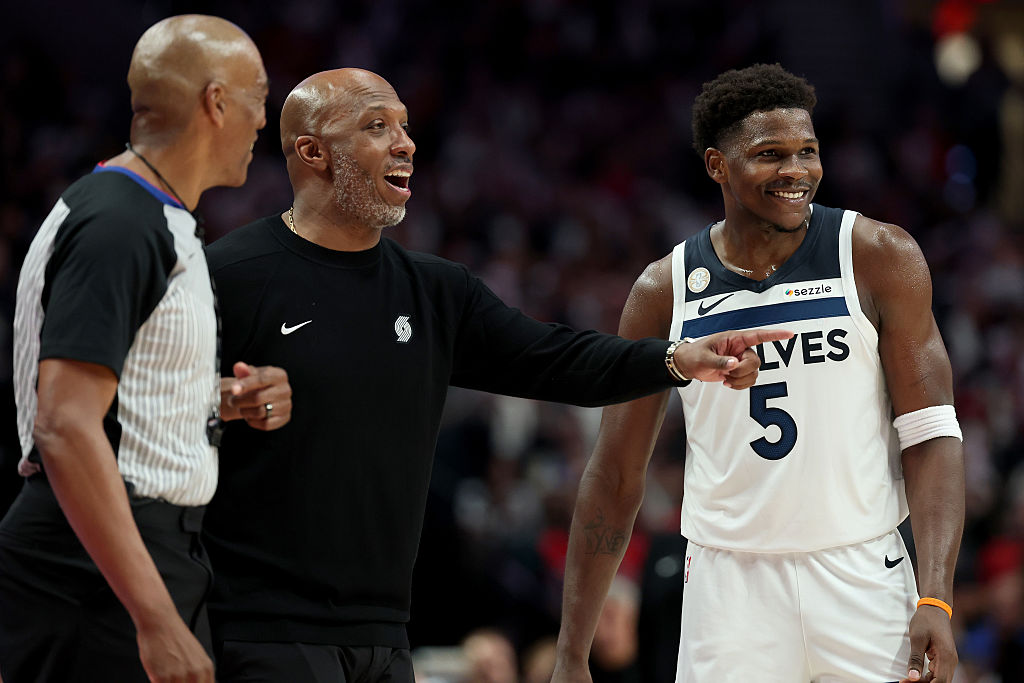
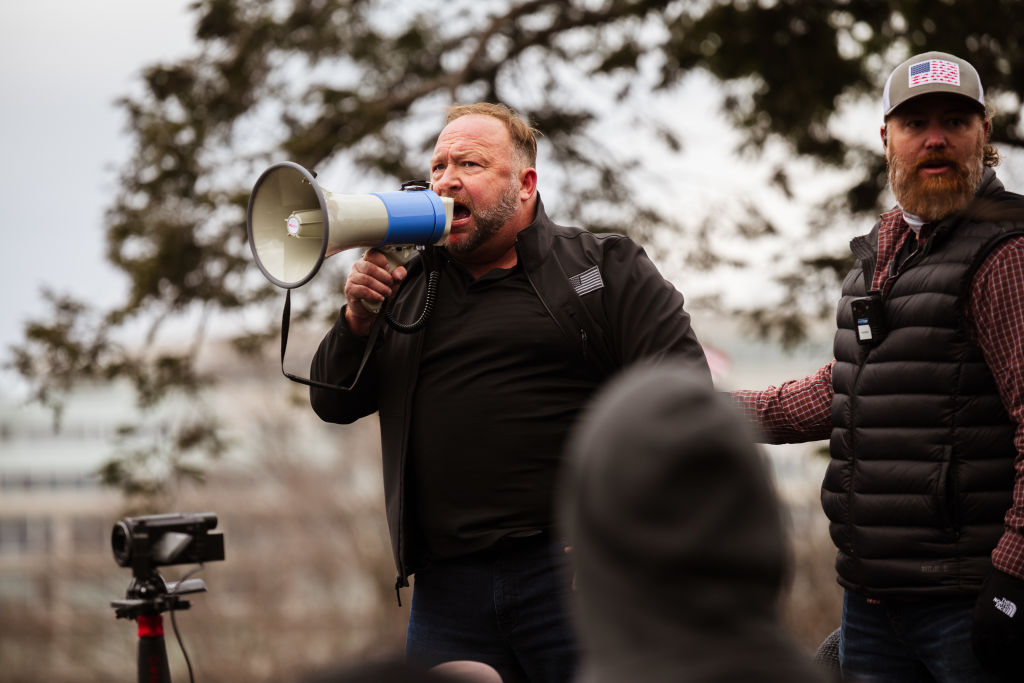
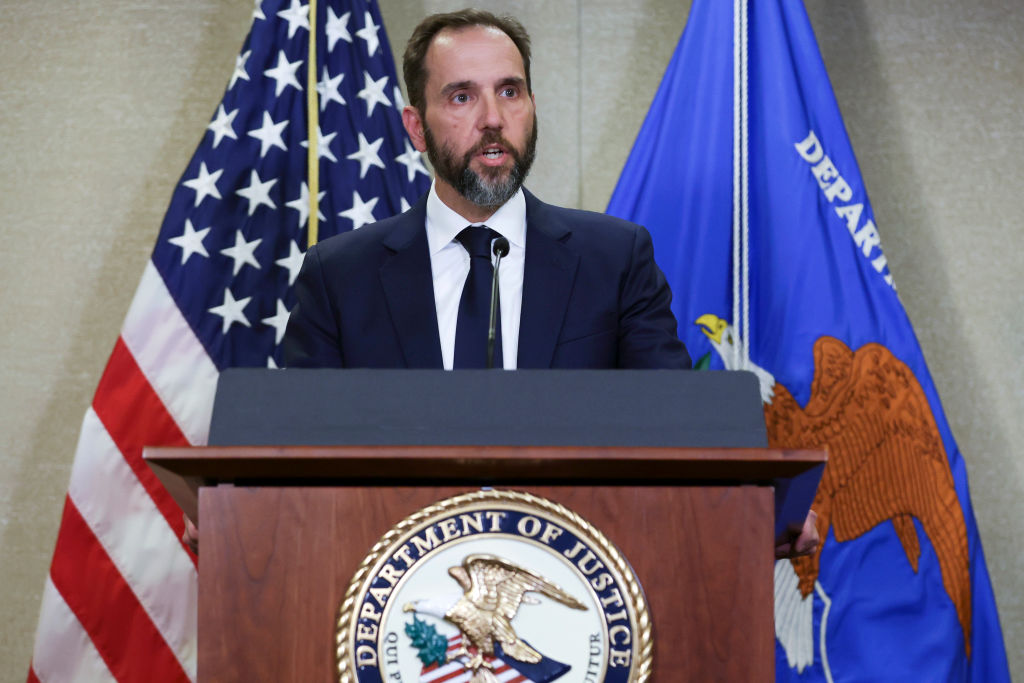
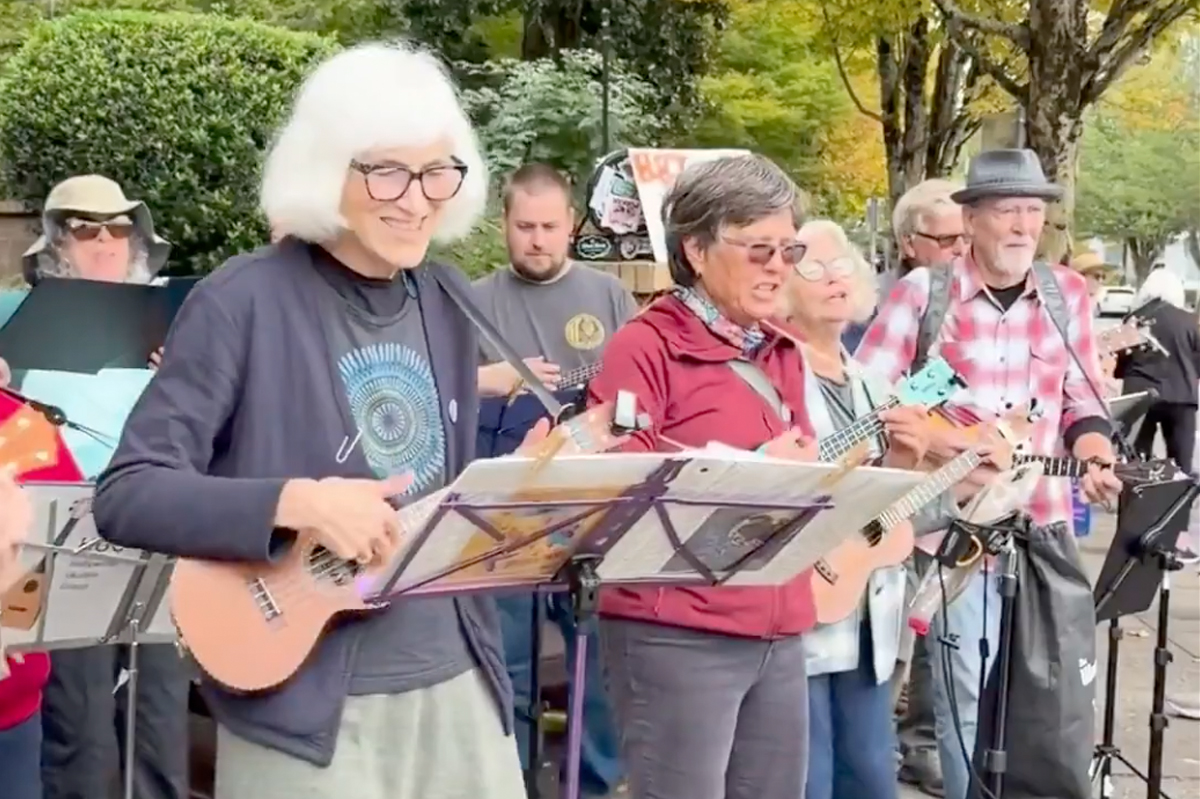
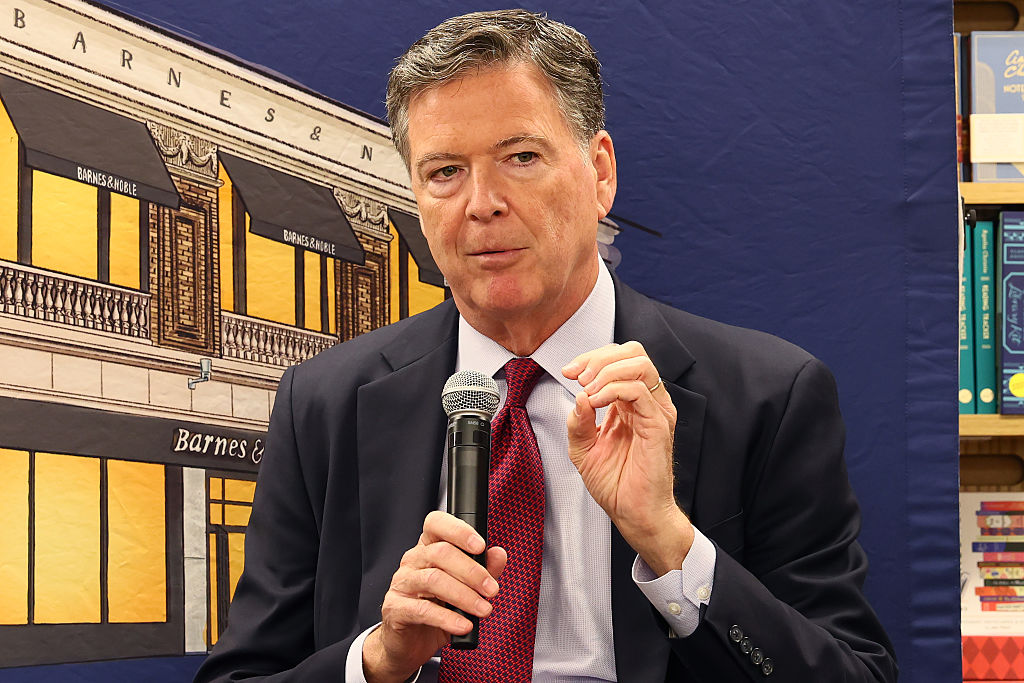
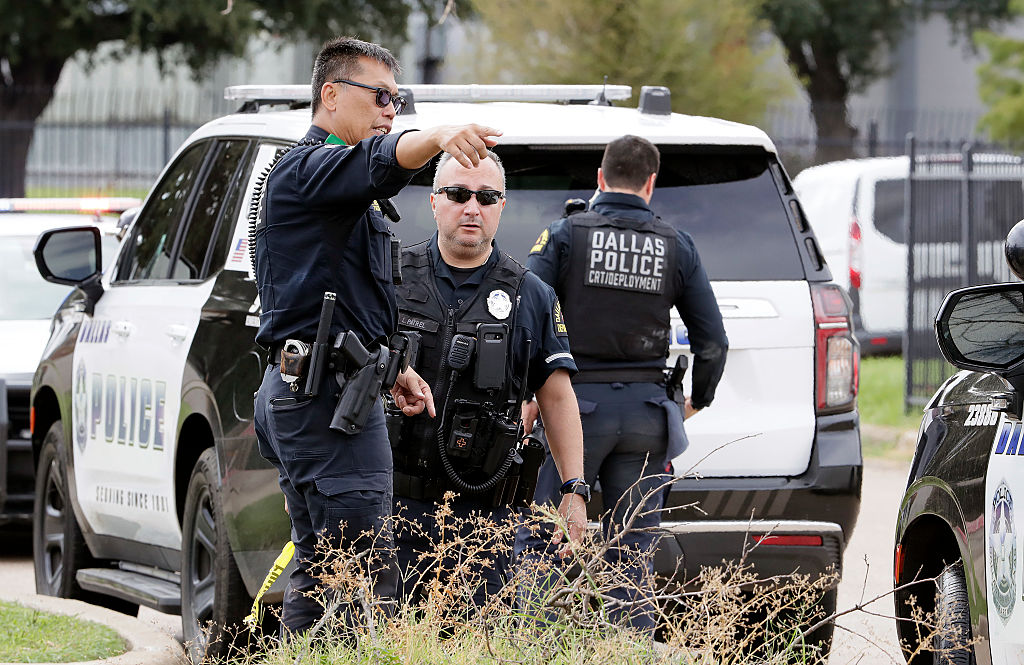

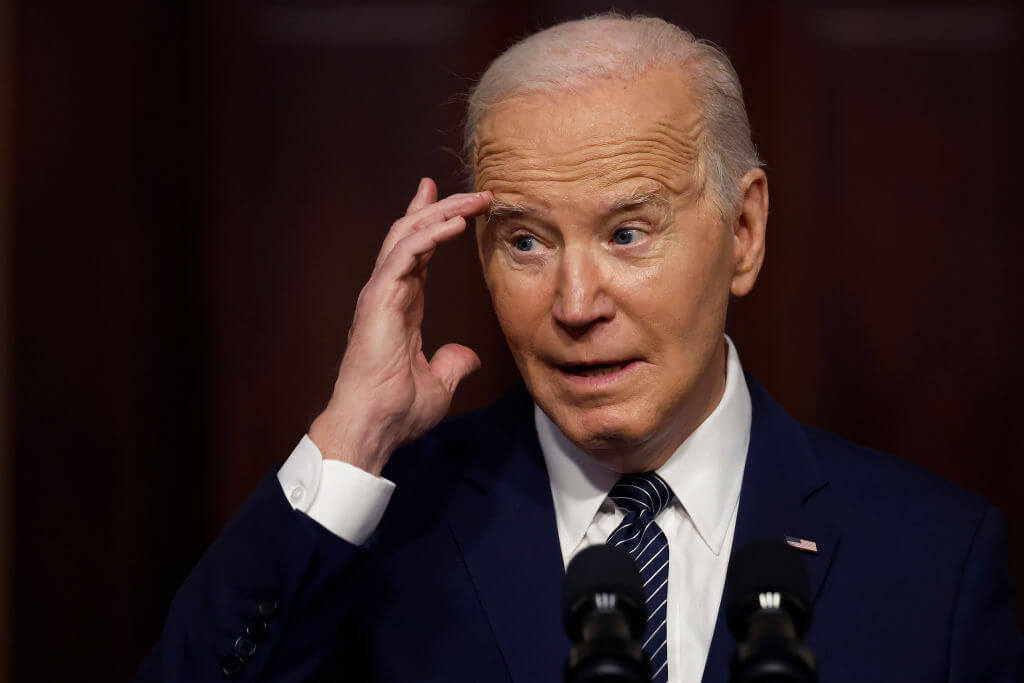



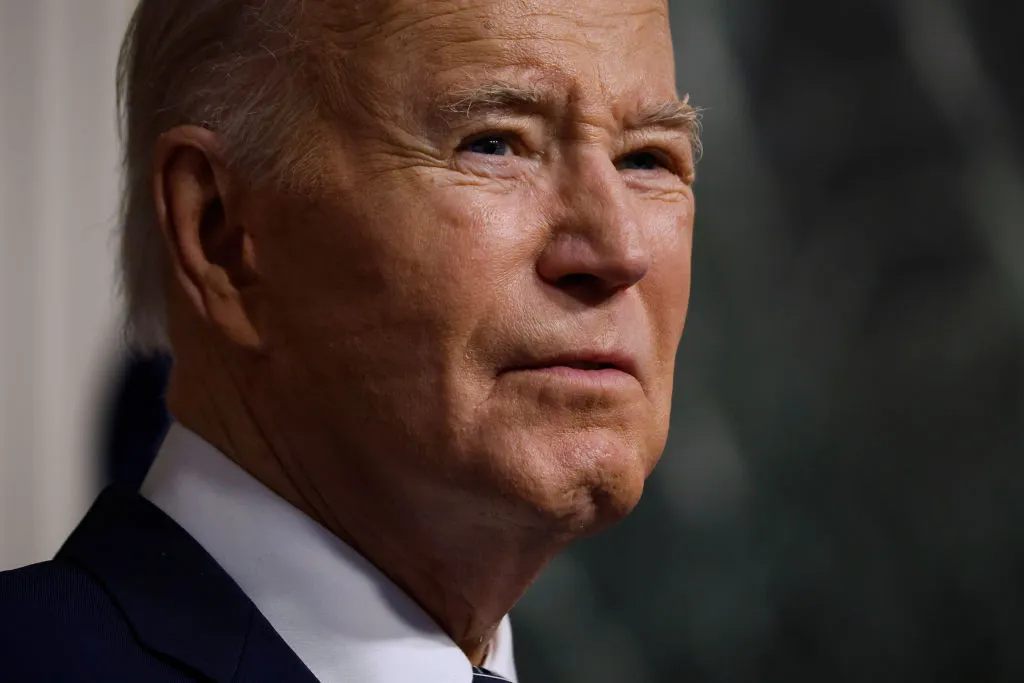

Leave a Reply